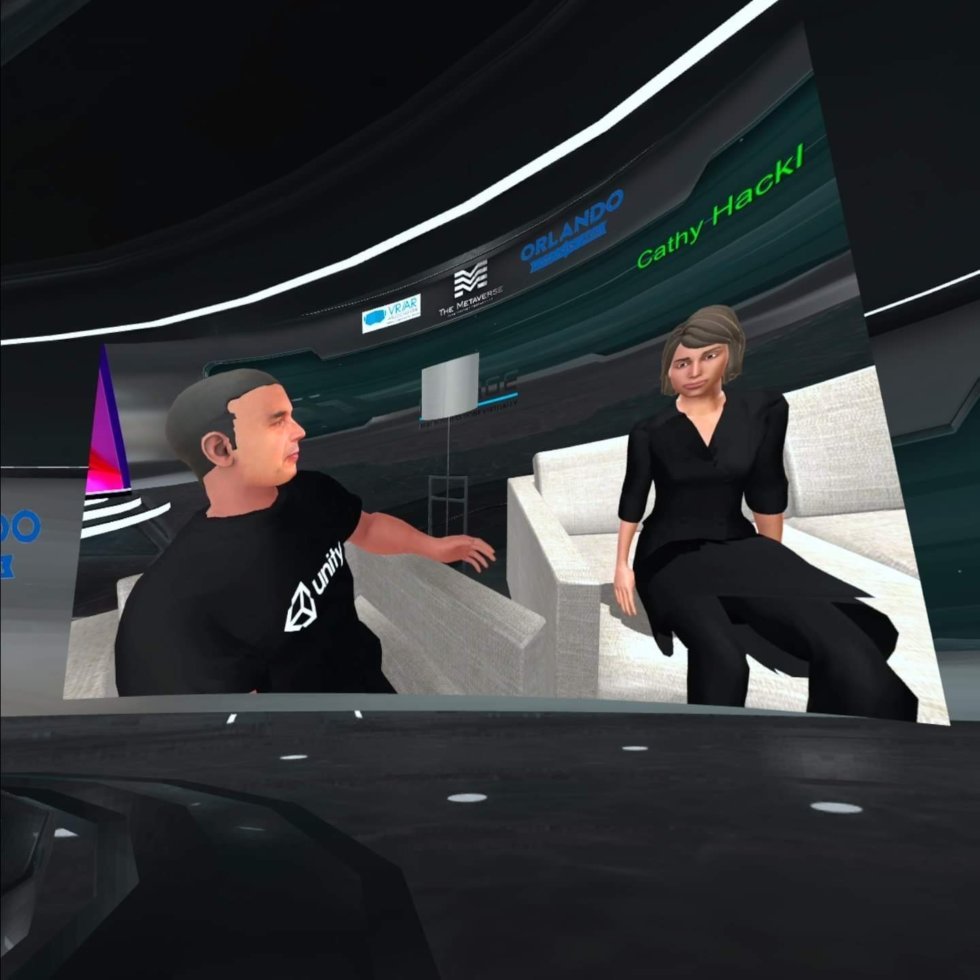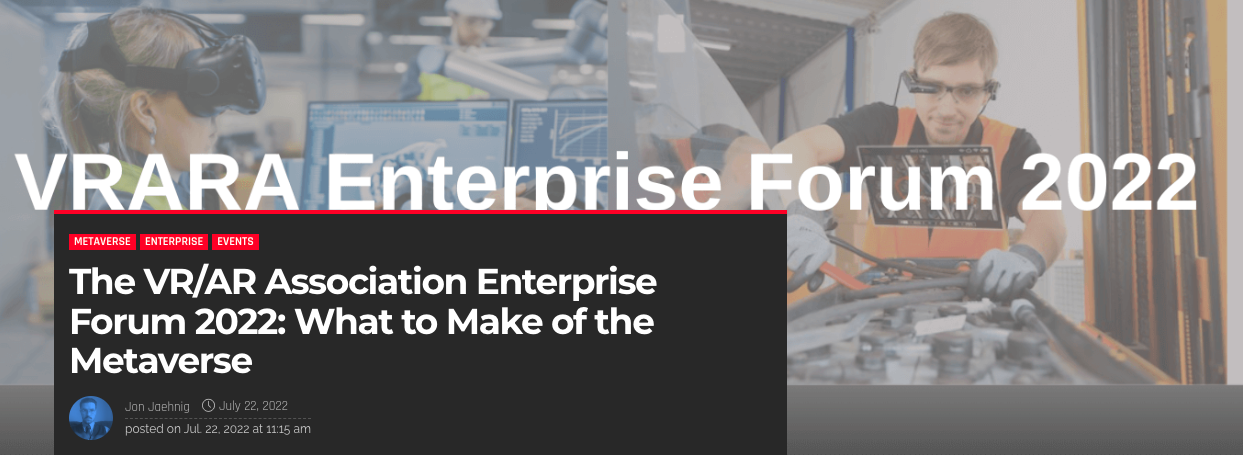Leading photogrammetry software certified for the 3D PluraView stereoscopic monitor
With the flexible and mature photogrammetry environment ImageStation® from the Swedish metrology and geospatial software company HEXAGON, particularly large amounts of aerial images, UAS and satellite data can be efficiently processed, managed and utilized for geodata acquisition. A core task, which is solved most efficiently with the ImageStation® photogrammetry environment, is the precise, interactive capture of 3D objects, the entire infrastructure, such as buildings, roads and bridges, but also natural terrain features.
In Germany, the topographical surveying and updating / tracking of the entire infrastructure is the responsibility of the surveying offices in each of the 16 German states or ‘Laender’. The ImageStation® was specially developed for professional photogrammetry and cartography users and provides a comprehensive set of data acquisition tools. In order to be able to move intuitively and measure precisely in this stereoscopic, three-dimensional reality, an important interface element was integrated into this high-tech software right from the beginning: the 3D stereo mouse cursor. The stereoscopic mouse cursor implementation is a prerequisite for working with precise 3D data controllers and enables perfect interaction with the plug & play compatible and powerful 3D PluraView monitor systems from Schneider Digital. The passive 3D monitors from Schneider Digital with beam-splitter technology impress by pixel-precise visualization of up to 4K (UHD) per stereo channel, fast image frame rate, high color depth, high brightness and contrast values.
With its certification, Schneider Digital confirms that the powerful ImageStation® software suite is fully compatible with this professional hardware and thus meets all the requirements of international workplace standards: Two compatible cutting-edge technologies that merge into a complete solution and an ideal combination for professional photogrammetry users.
The collection and updating of topographical geoinformation datasets is a complex task from a scientific, technical and organizational point of view. The comprehensive photogrammetry solutions from the Swedish metrology and geospatial software company HEXAGON support users worldwide in the acquisition, management and evaluation of multi-temporal, static and dynamic geospatial data. In order to convert particularly large amounts of raw data into easy-to-use and actionable information, HEXAGON has further developed the software application ImageStation®. More than 40 years of photogrammetric 'know-how' have gone into this modern application, starting with analytical stereoplotters and culminating in a complete software suite for digital photogrammetry, including a perfect stereoscopic 3D cursor implementation.
Smooth GIS Workflow
With its photogrammetry solutions, HEXAGON ensures a seamless workflow for the processing of high-resolution image data and geocoded CAD and GIS content from project start to finish. In classic aerial photogrammetry, project blocks are flown in laterally overlapping strips, whereby image overlaps of up to 90% in flight direction are realized and frame rates of 0.5 to 0.7 seconds represent the current state of the art. With the simultaneous recording of oblique aerial images, more than 3-GB of image data can be created for each exposure center. Project blocks with over 50,000 exposure stations, 5cm ground resolution and over 150-TB of initial image volume for urban areas, can now be commonly realized and calculated.
Users of the ImageStation® software suite benefit from the many interactive stereo functions of this powerful photogrammetry application: smooth roaming, dynamic zoom and real-time image enhancement are integrated directly into the GIS or CAD environment. The ability to perform stereo and mono compilation directly in a GIS environment enables direct comparison with and seamless continuation of existing GIS databases, resulting in a significant increase in efficiency. This not only saves valuable time and resources, but also reduces the cost of creating topologically correct 3D data.
3D-Cursor - integrated into software applications
HEXAGON has perfectly implemented a professional, stereoscopic 3D cursor in the ImageStation®. This functionality enables users to intuitively and smoothly navigate for the precise capture 3D objects with their real-world XYZ coordinates. In addition to the management components, the ImageStation® Photogrammetric Manager (ISPM) and Image Formatter (ISIF), the applications with integrated 3D cursor function include the ImageStation® Automatic Triangulation (ISAT), ImageStation® Satellite Triangulation (ISST), ImageStation Feature Collection (ISFC), ImageStation® Stereo Display (ISSD), ImageStation® Stereo for GeoMedia (ISSG), ImageStation® Stereo Viewer GeoMedia (ISSV), ImageStation® DTM Collection (ISDC), ImageStation® DTM for GeoMedia (ISDG) and ImageStation® Automatic Elevations (ISAE). The calculation programs ImageStation® Automatic Elevations DSM (ISAD) and ImageStation OrthoPro (ISOP) run in batch mode. Interactive again is the computer-assisted editing and quality control with ImageStation® DTMQue (ISDQ) and ImageStation® PixelQue (ISPQ).
Process geospatial data quickly and precisely
The photogrammetric ImageStation® software suite is used worldwide and especially at state surveying offices and by users from industries such as aviation, shipping and national defense. With the ImageStation®, geospatial data can be processed quickly, efficiently and cost-effectively. For example, the ImageStation Stereo Display (ISSD) application supports viewing and editing of stereo images with photogrammetrically accurate 3D-cursor tracking. ISSD accepts aerial or satellite data, images from drone (UAS) projects, as well as from the Leica ADS 3-line cameras. The ImageStation® Suite enables the automatic and dynamic adjustment of image brightness and contrast in the MicroStation and GeoMedia environment. The exclusive ImageStation® ImagePipe technology is responsible for smooth stereo roaming, providing the perfect image representation that is essential for efficient stereo compilation.
Stereoscopic geospatial data acquisition and processing
HEXAGON ImageStation® Stereo for GeoMedia (ISSG) is based on the GeoMedia geospatial information system (GIS) and provides the user with a comprehensive selection of intelligent compilation tools. This powerful software environment allows access to practically any geodatabase and version of geospatial datasets. With this software application, airborne, satellite and UAS data are displayed in an intelligent GIS environment with multiple, freely configurable mono and/or stereo windows. Same as the ImageStation® Stereo Display (ISSD) with MicroStation, ISSG supports viewing and editing of stereo images with photogrammetrically accurate 3D-cursor tracking. ISSG offers many practical tools for the interactive acquisition and updating of geospatial datasets. It enables the interactive updating of 3D-object geometry and attributes, as well as automatic attribution and geometry validation. Geospatial data generated in this way can be stored in an open database format so that third parties have seamless access to them through their respective GIS systems.
The creation of digital surface models (DSM) from optical stereo data is also part of the functionalities, offered by the ImageStation® suite. The software applications display topographical data, both raster and vector-based, so well-structured that they are easy to edit and efficient to use. With the help of a 'snap cursor', which snaps automatically to the selected feature, a quick check of the correct object selection is possible. Together with the "Elevation" command, contour lines are created interactively. To correct for the individual depth perception of each operator, vertical indexing is used to adjust and thereby calibrate manual height measurements.
Full performance by 3D-stereo visualization
Computationally intensive reconstruction algorithms are responsible for the razor-sharp, three-dimensional generation and display of geometric and georeferenced models made up by dense point clouds. The 3D PluraView monitors from Schneider Digital, the world's leading specialist for stereoscopic 3D desktop visualization solutions, provide the key to perfect 3D-stereo visualization for these professional geospatial application areas. The beam splitter technology meets the highest system requirements in the areas of 4K displays, 3D and VR/AR technology to display geographical map material and high-resolution GIS data in perfect 3D-stereo quality. The high brightness and contrast, full resolution for each stereo channel thanks to two screens and complete freedom from any flickering effects, guarantee a perfect 3D-stereo experience and make it easier to analyze and edit 3D content. The 3D PluraView monitors render 3D objects clearly visible even in darker image areas and are free from blurring effects for rapidly moving images thanks to a latency-free, fully synchronous display of the two stereo channels.
ImageStation® - certified for the 3D PluraView monitors
As tried and tested technology for the past 17 years, the cutting-edge 3D-stereo displays from Schneider Digital are 'plug & play' certified for photogrammetry and GIS and perfectly compatible with the ImageStation® modules. The full compatibility of the ImageStation® software with the 3D PluraView monitor family has now been officially certified by the manufacturer Schneider Digital. The seal of certification ensures that the combination of the 3D PluraView hardware with the respective software application meets the high requirements of international standards in terms of quality and workplace ergonomics. For an optimal photogrammetric workflow, the ImageStation® offers a fully integrated software solution together with the associated hardware components by Schneider Digital. In addition to the 3D PluraView monitor, these are powerful workstations based on CPUs by Intel or AMD, professional RTX graphic cards from NVIDIA and Radeon Pro graphics cards from AMD, and of course the Stealth 3D controllers. In conjunction with the native implementation of the stereoscopic mouse cursor in the Hexagon ImageStation® suite, the Stealth 3D controllers enable the spatial navigation to 3D objects, which can then precisely measured and captured.
ImageStation stereo functions and display tools - advantages for the 3D PluraView user:
High contrast and brightness of the 3D PluraView monitors, combined with flicker-free stereo viewing through light-weight passive stereo glasses, allows long-term, comfortable use and therefore higher productivity
Smooth stereo roaming and dynamic zoom thanks to the ImageStation's exclusive ImagePipe technology for continuous stereo display of very large datasets
Easy navigation in stereo models with mouse, keyboard, the Stealth 3D mouse or by graphical selection in a 2D map view
Automated correlation of the exact XYZ position of objects with the 'Cursor-on-Surface' function
Display rotation for additional validation of vector data
Synchronized display of stereoscopic and monoscopic map views for controlled feature collection and review
GIS data in 2D (only XY coordinates) is displayed under the position of the stereo cursor in the 3D environment, also allowing accurate updating of 2D data
Streamlines workflow by performing stereo- and mono-data collection directly in a powerful GIS environment
Better interpretation of image information in 3D-stereo, compared to the interpretation of single images, elimination of 3D parallax enables precise measurements
Reduces the cost of creating accurate and topologically correct 3D datasets, saving significant time and resources
More information online: www.pluraview.com
Leading GIS software for 3D monitor 3D PluraView certified: 3D stereo visualization enhances Hexagon ImageStation® photogrammetry workflow. Integrated 3D mouse cursor in software application provides convenient stereoscopic geospatial data acquisition and processing.
Schneider Digital – The company:
Schneider Digital is a global full-service solution provider for professional 3D-stereo, 4K/8K and VR/AR hardware. Based on its 25 years of industry and product experience as well as its excellent relationships with leading manufacturers, Schneider Digital offers innovative, sophisticated professional hardware products and customized complete solutions for professional use. Qualified advice and committed after-sales service are the company's own standards.
The Schneider Digital product portfolio includes the right professional hardware solution for the respective requirements in these areas: High resolution 4K/8K to multi-display walls. Schneider Digital is the manufacturer of its own powerwall solution smartVR-Wall and the passive stereo monitor 3D PluraView. Performance workstations and professional graphics cards from AMD and NVIDIA as well as innovative hardware peripherals (tracking, input devices, etc.) round off the product range. Many articles are in stock. This guarantees fast delivery and project realization.
Schneider Digital is an authorised service distributor of AMD FirePRO/Radeon Pro, PNY/NVIDIA Quadro, 3Dconnexion, Stealth int., Planar and EIZO. Schneider Digital products are used primarily in graphics-intensive computer applications such as CAD/CAM/CAE, FEM, CFD, simulation, GIS, architecture, medicine and research, film, TV, animation and digital imaging.
Further information is available at www.schneider-digital.com and www.3d-pluraview.com.
Schneider Digital press contact:
LEAD Industrie-Marketing GmbH
André Geßner Tel.: +49 80 22 - 91 53 188
Hauptstr.46 E-Mail: agessner@lead-industrie-marketing.de
D-83684 Tegernsee Internet: www.lead-industrie-marketing.de






